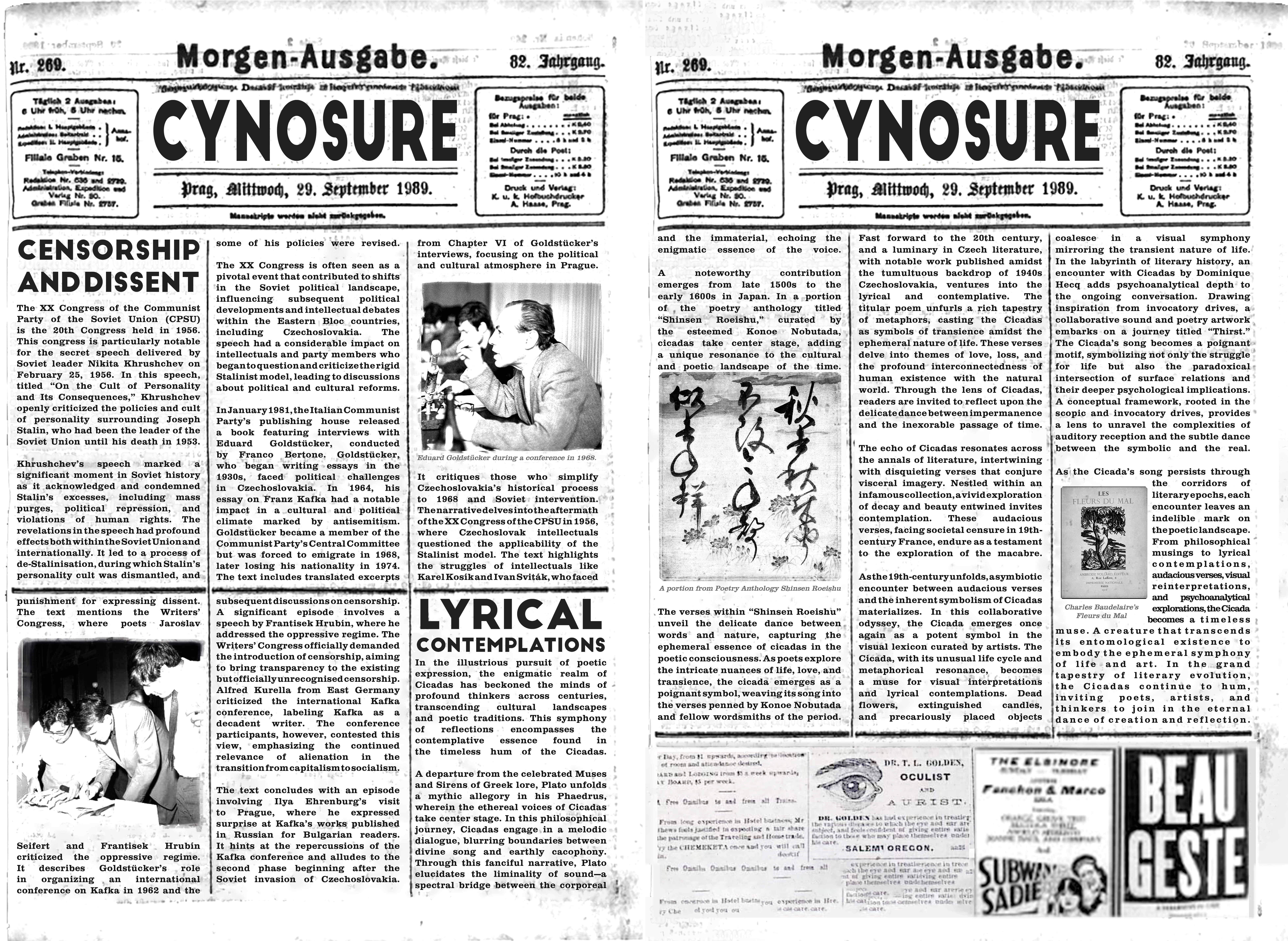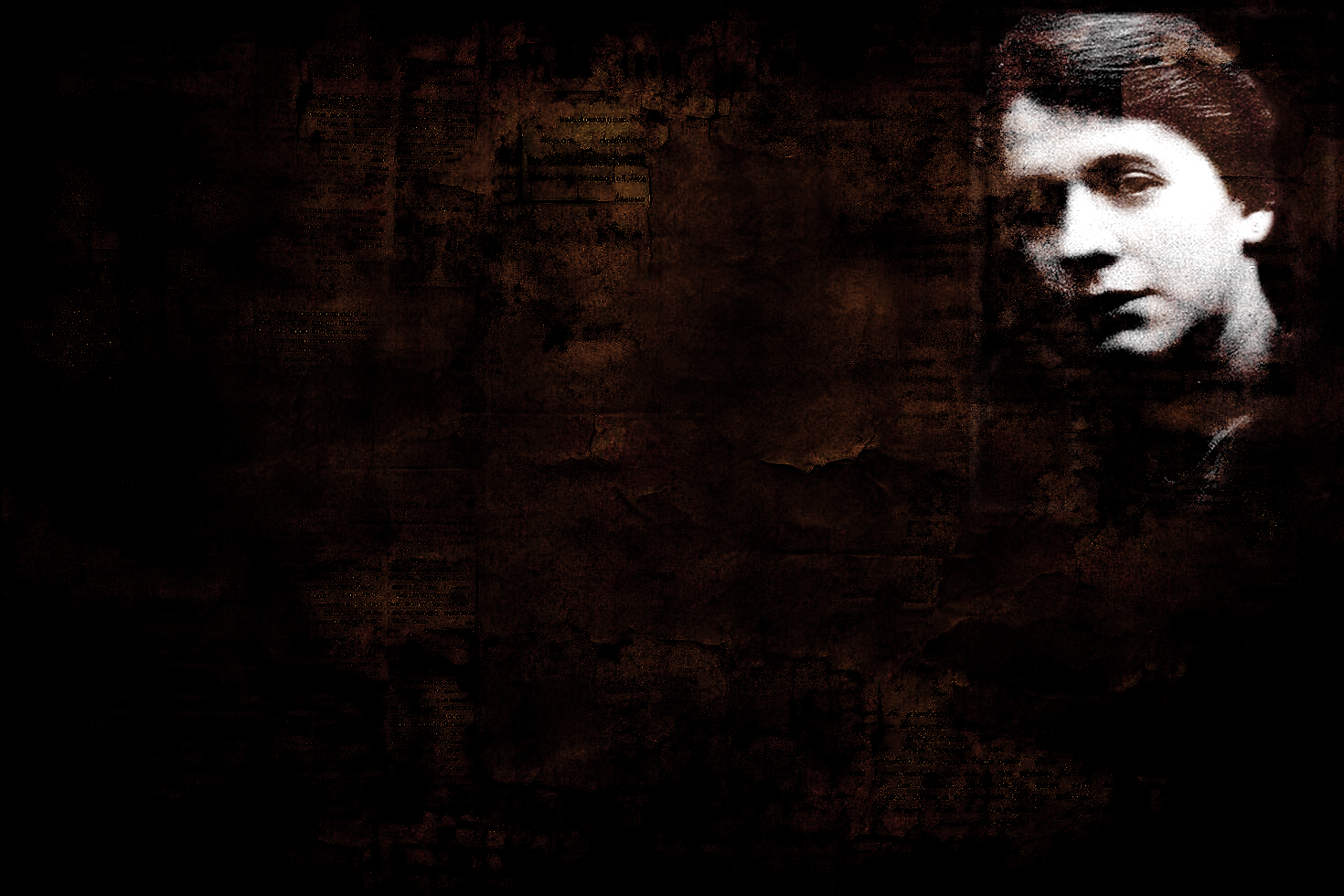In the shadowed corners of your artistic sanctuary, a peculiar fate unfolds as you tear the proposal in two. Threads woven by your steadfast reluctance to yield your creative principles. The spectre of inevitable invisibility and rejection lurks in the recesses of your mind, a phantom that haunts the corridors of your existence. Within the cocoon of your mental carapace, your innate creative drive persists, guarded at all costs.
When questioned about the price you're willing to pay, your answer echoes with unwavering resolve: everything. The carbon molecules within you fracture, folding into themselves repeatedly. The pointless animus of the mortal realm begins to wane, replaced by a new mantra echoing from the depths of your soul. A newfound apatheia promises a refuge, a sanctuary where your purpose may flourish.
Can you truly reject the unsolicited dictates of human society, seeking meaning, beauty, and immortality? Yet, the weight of solitude looms, the knowledge that this inconceivable life must be embraced alone. Seventeen long years of banishment to the chthonic underworld await, the price for the gift of profound insight.
Emerging from this chrysalis, a vociferous prophecy may accompany you – a sage, a genius, a hermit. Will they call you these names, and will it matter if you won't be alive to hear their echoes?
In this contemplative journey, cicadas, like stars fallen in the dew, play a poignant refrain. Their singing cauldron bubbles with the essence of your childhood and youth, and their distant steam rains upon your verses, imbuing them with the days and nights of yearning. Cicadas once yearned only for love, but that yearning has transformed and solidified through the years. As you stumble and sing, lamenting the presence of death, you ponder whether it is still here, whether it ever truly departs.
In the symphony of cicadas, as you grapple with the worthiness of your sacrifice, a timeless question lingers: does it feel worthwhile when others recoil in reverence, a spectacle you won't be alive to witness? In the delicate dance between creation and isolation, the words of a poet, a sage, a recluse resonate like the cicadas' song, a melancholic echo that defies the boundaries of time and mortality.

This is mostly a work of fiction. Names, characters, places, and incidents either are the product of the author’s imagination or are used mostly fictitiously. Any resemblance to actual persons, living or dead, events, or locales is mostly incidental.






